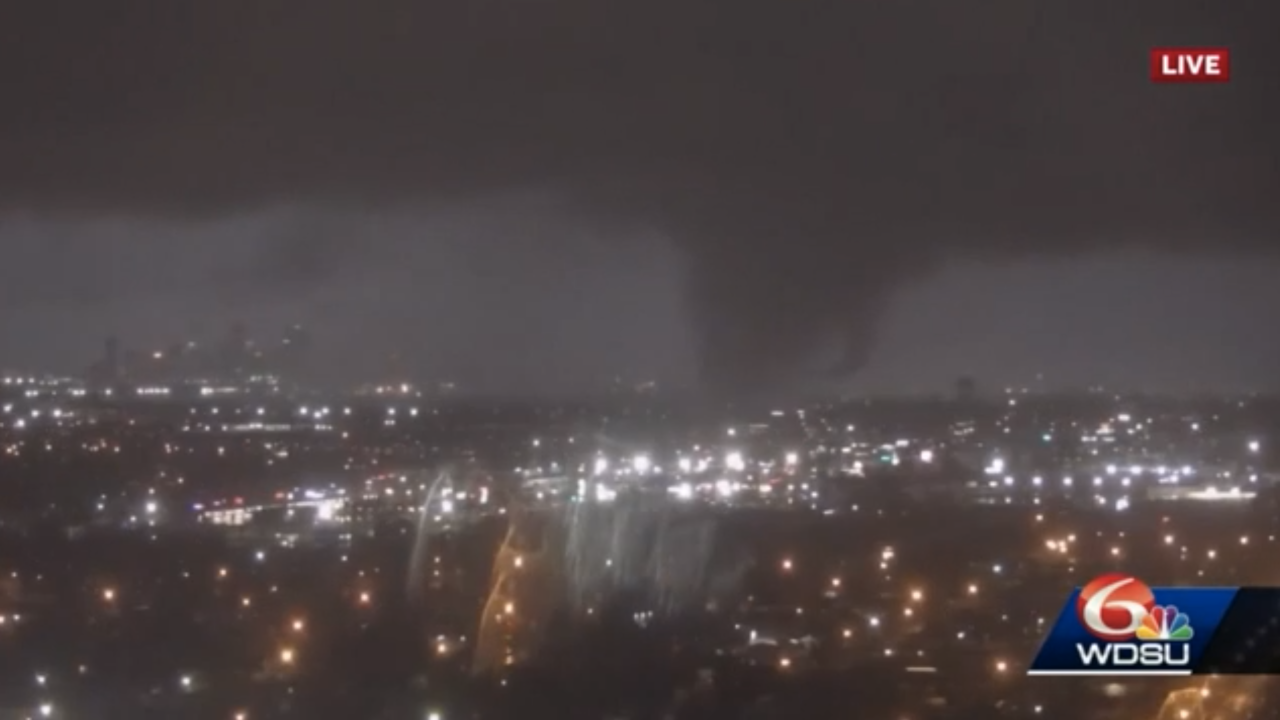The 21st century tornado problem is far different from 'The Wizard of Oz.' Killer tornadoes hit the Southeast far more than they do in Kansas, Oklahoma or Texas.
An analysis shows that nearly 89% of tornado deaths since 2000 have happened from Missouri, Arkansas and eastern Louisiana. Experts say there are more people in the way. Tuesday's deadly tornado in the New Orleans area was a perfect example of this.
Tornadoes outside the Great Plains are also more likely to strike at night than they do in Oklahoma, especially in the springtime. Trees, hills and buildings also make it harder for people to track and take tornado warnings seriously.
Victor Gensini, a professor of meteorology at Northern Illinois University who specializes in severe storms said, “The Mid-South does get a lot of tornadoes, but in the Mid-South we have more things to hit. We have more bull’s eyes on the dartboard. We have more cities. We have more weak frame housing stock. Tornadoes happen more often there at night, which is exactly what we saw last night.”
Gensini said, “It’s a function of the human-built environment.”
Scientists say that the West is getting drier because of climate change, which makes it more difficult for the air to become moist and unstable. That part is critical for tornado formation. The Southeast, on the other hand, is seeing its air become warmer and that holds more water vapor. This all creates the instability needed for tornadoes, the Associated Press reported.
With nighttime tornadoes, people cannot see them coming. Tornadoes in the Southeast tend to happen more often in springtime when there are fewer daylight hours. The Southeast also has more trees, hills and buildings which also block views and don't allow for more warning time.



